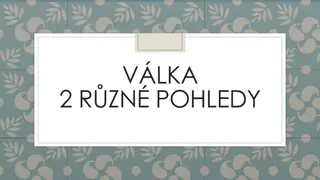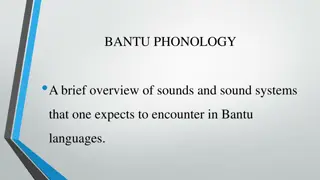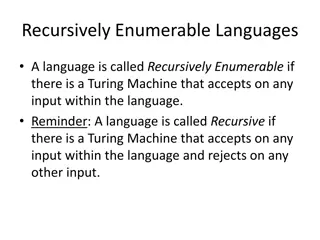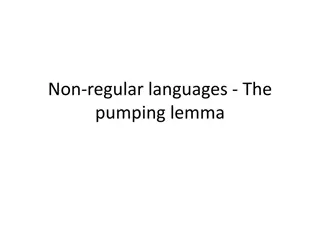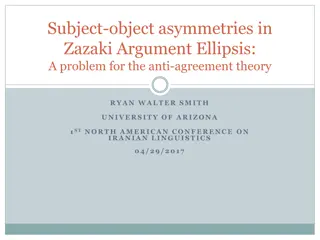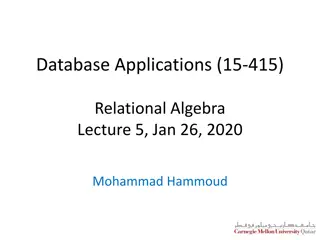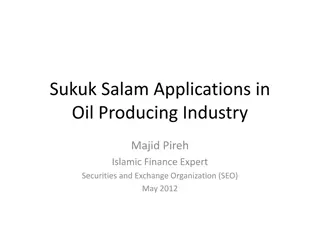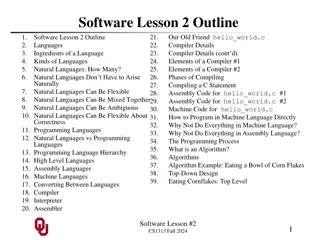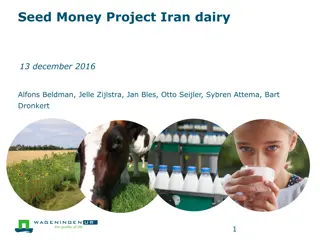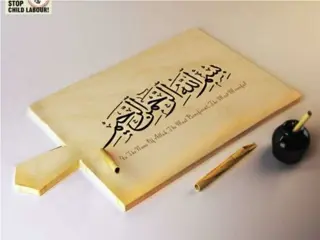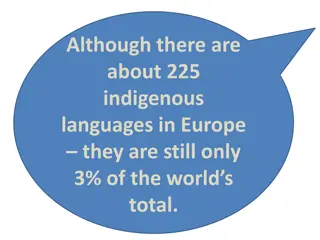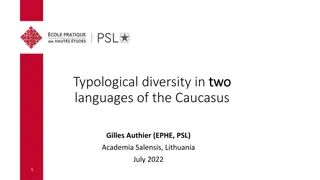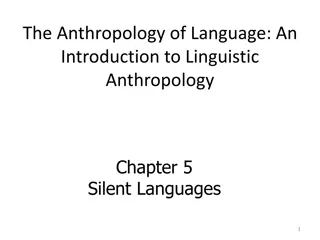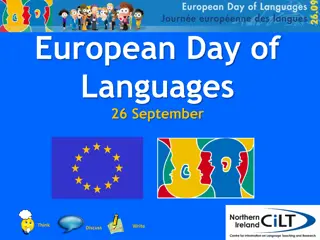Overview of Iranian Languages: A Linguistic Analysis Based on Fortson
Iranian languages, divided into Old, Middle, and Modern branches, exhibit distinct phonological and morphological features compared to Indic languages. The presentation explores differences in Iranian phonology, including deaspiration of voiced aspirates and spirantization of voiceless stops, and examines morphological aspects such as the preservation of proterokinetic stems in Avestan. Additionally, it discusses the Avestan language's significance in Zoroastrian religion, highlighting sacred texts like the Yasna and Vendidad.
Download Presentation

Please find below an Image/Link to download the presentation.
The content on the website is provided AS IS for your information and personal use only. It may not be sold, licensed, or shared on other websites without obtaining consent from the author. Download presentation by click this link. If you encounter any issues during the download, it is possible that the publisher has removed the file from their server.
E N D
Presentation Transcript
A presentation of Indo- Iranian II: Iranian Based on Fortson By Michael Dunham
Introduction Iranian languages have been spoken in southwest and central Asia Divided into 3 subbranches: Old (until c. 400 BC) , Middle (until c. 400 BC c. AD 900) and Modern Iranian Dialect are divided into East and West Iranian, or Southwest, Central, and Northeast Iranian Discovery of several Middle Iranian languages and strides in Avestan studies has put Iranian linguistics on equal footing with Indic
Phonology: How Iranian is different from Indic Deaspiration of voiced aspirates- voiced aspirates lost their aspiration and became voiced stops Spirantization of voiceless stops *p, *t, *k became [ ] and [x] before non-syllabic consonants and (mostly in young Avestan) *b, *d, *g became * , * , * respectively word internally and before voiced consonants Development of the palatals- Indo-Iranian palatals * and *j (h) became s and z in Avestan and Median and and d in Old Persian Weakening of *s to h-*s becomes h before resonants and vowels, and in some varieties (like Avestan) an *h placed before *a is pronounced * h Dental-plus-dental clusters and Batholomae s Law- in dental-plus-dental clusters, the initial dental is omitted and Batholomae s Law is preserved Layrngeals- Vocalized layrngeals were lost word-medially. Non-vocalized layrngeals left traces in *h2 aspirated a preceding voiceless stop and in old Avestan, which maintained laryngeal hiatus Preservation of diphthongs- Unlike Sanskrit, Iranian preserved the Indo-Iranian diphthongs *ai and *au In Old Persian, the cluster *tr became
Morphology Due to a lack of material, not all the inflectional endings of Avestan have been confirmed, though Fortson claims a morphological system that is very similar to Sanskrit Avestan preserves traces of proterokinetic stems (lost in Indic) in r/n stems (Old Avestan also preserves u-stems) In Old Persian, the Dative was replaced by the Genitive case and the ablative mostly merged with the instrumental and the locative and lost distinction between Aortist and Imperfect.
Avestan Language of Zoroastrian religion, is considered East Iranian The Avesta consists of the following sacred texts: the Yasna (literagy), the Ya ts (sacred poems), the Vendidad (sacred legal text), the Khorde Avesta (short prayers), the N rangest n (ritual rules) among others Some of the oldest texts, like the Yasna, were in Old/ Gathic Avestan, which is grammatically comparable to the Sanskrit of the Rig Veda The later Avestan texts were written in young Avestan, which was several centuries younger than Gathic Avestan and it is not a direct descendant of it ( like Classical Sanskrit is not a direct descendant of Vedic Sanskrit).
Old Persian Language of the royal inscriptions of the Achaemenid dynasty of the ancient Persian Empire Taken from the only preserved Old Iranian texts that are authentic originals, which came from present-day western Iran Spoken around the same time as late Young Avestan Has loan words from Median, which is how we know about Median Written in a cuneiform script with syllabic symbols (for V and CV only) No information on placement or nature of stress is available
Middle Iranian Refers collectively to the stages of Iranian that share morphological and phonological developments between Old and Modern Iranian Broadly distinguished between East and West West put stress on penultimate and antepenultimate syllables and final syllables were dropped. Nominal inflectional was reduced to 2 cases and the verbal system lost future, perfect, and aorist tenses East, aside from the verbal system, was more conservative: generally preserved final vocalic endings and the case system in nouns During this time the greatest geographical distribution of Iranian took place Most Middle Iranian script was derived from the Aramaic alphabet
Modern Iranian: How does it relate? Modern Iranian languages are spoken in wide area around central Asia from the Caucuses to Xinjiang From an Old Iranian stylistic feature came a feature of modern Iranian called split ergativity in which the noun is in an oblique case to a past tense verb and the object is in nominative Modern West Iranian languages: Farsi, Tajiki, Kurdish, Balochi Modern East Iranian languages: Pashto, Ossetic, Yaghnobi, Wahki
The End Thank you for your attention! I hoped you learned a thing or two Let me know if you have any questions



